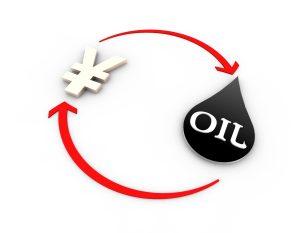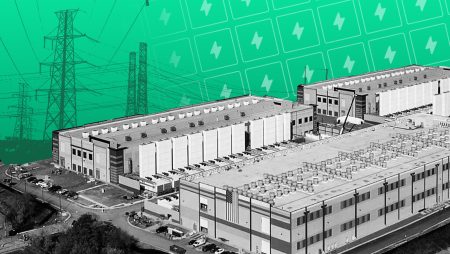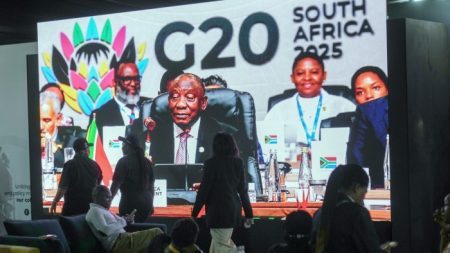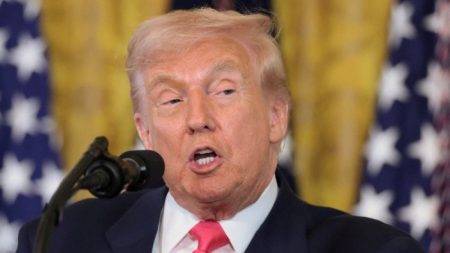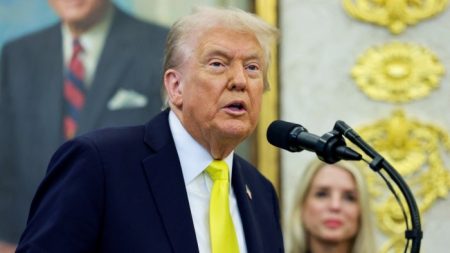Unlock the Editor’s Digest for free
Roula Khalaf, Editor of the FT, selects her favourite stories in this weekly newsletter.
Labour has won a historic landslide victory in the UK general election, returning to government after 14 years in opposition.
Party leader Sir Keir Starmer, who will become prime minister later on Friday, told supporters in London that “change begins right here . . . You have voted. It is now time for us to deliver.”
How big is Labour’s majority?
As of 10.50am on Friday, Labour had won 411 House of Commons seats out of a total of 650 and was set to secure a majority of at least 168, despite gaining only 34 per cent of the national vote, the lowest-ever winning share.
The result is similar in scale to the 179-seat majority won by Tony Blair in the 1997 election.
The Conservative party becomes the official opposition, having won 121 seats on about 24 per cent of the vote — its worst-ever general election performance.
The centrist Liberal Democrats have secured 71 seats, beating their modern-era record of 62, while populist party Reform UK has four MPs, including Brexiter Nigel Farage.
The Scottish National party, long the dominant political force in Scotland, has won nine seats, down 39 from the 2019 election, and the Green party has won four seats.
Which MPs lost their seats?
High-profile Conservatives who will not return to parliament this month include former prime minister Liz Truss, Commons leader Penny Mordaunt and defence secretary Grant Shapps.
Truss, who had represented South West Norfolk since 2010, was pushed into second place by Labour by just over 600 votes. Forced out of Downing Street after just 49 days in 2022, she is the first former premier to lose in a general election in almost 90 years.
Mordaunt, who stood for the Tory leadership in 2022 and had been tipped as a future contender, lost in her bid to remain MP for Portsmouth North. Shapps, MP for Welwyn Hatfield since 2005, came second to Labour.
Other Conservatives ejected include education secretary Gillian Keegan, justice secretary Alex Chalk, transport secretary Mark Harper, culture secretary Lucy Frazer and former cabinet ministers Thérèse Coffey and Sir Jacob Rees-Mogg.
Some prominent Labour figures also fell short. Shadow paymaster general Jonathan Ashworth lost out to a pro-Palestinian independent in Leicester South, while shadow culture secretary Thangam Debbonaire was defeated by the Green party in Bristol Central.
How has the election result redrawn the UK political map?
The Conservatives lost swaths of the “blue wall” of traditional Tory-voting seats in the south of England to the Liberal Democrats, which heavily targeted that part of the country during the six-week campaign.
Labour reclaimed chunks of the “red wall” of working-class seats in the north of England that it lost to the Tories in the 2019 election.
Starmer’s party also won back large parts of Scotland, where it had been the main political force before being eclipsed by the SNP.
What was the turnout?
About 60 per cent of eligible UK voters cast a ballot, according to provisional figures published by the PA news agency.
The figure is a near-record low, pointing to the depth of the challenge facing Starmer in restoring voter confidence in the political system.
In the 2019 election turnout was 67.3 per cent, down from 68.8 per cent in 2017, according to the House of Commons library.
This general election was the first in which voters had to present a form of ID in order to take part, in line with a law change passed by the government in April 2022.
What happens next?
Rishi Sunak said on Friday that he would resign as Conservative party leader once the rules to select a successor had been decided. Speaking in Downing Street, the prime minister apologised to the country but said he was “proud” of his time in office.
Sunak spoke before travelling to Buckingham Palace for an audience with King Charles, where he will tender his resignation as head of the UK government. The king will then receive Starmer, who will ask his permission to form a new government.
After this procedural requirement, Starmer will arrive in Downing Street and give a speech to the nation before meeting the staff of Number 10. He is expected to announce his cabinet on Friday afternoon.
Read the full article here

